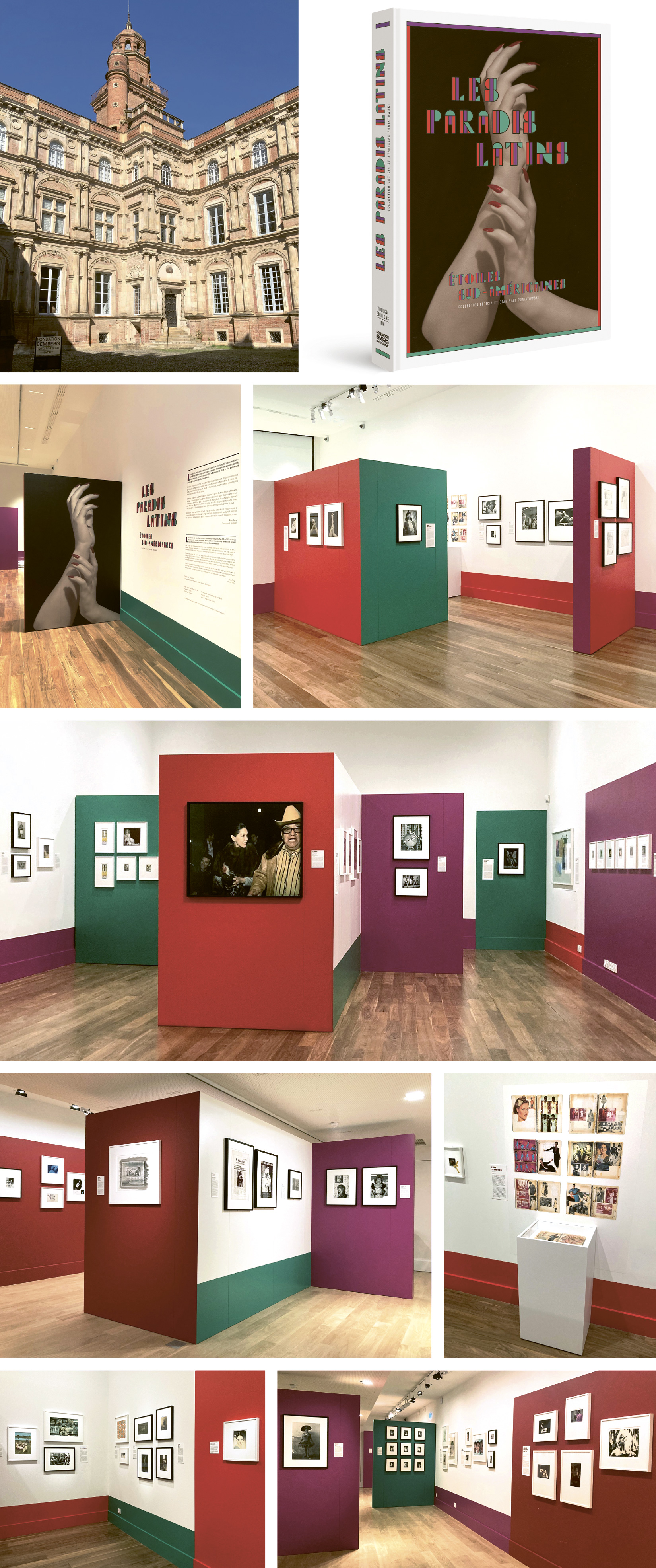
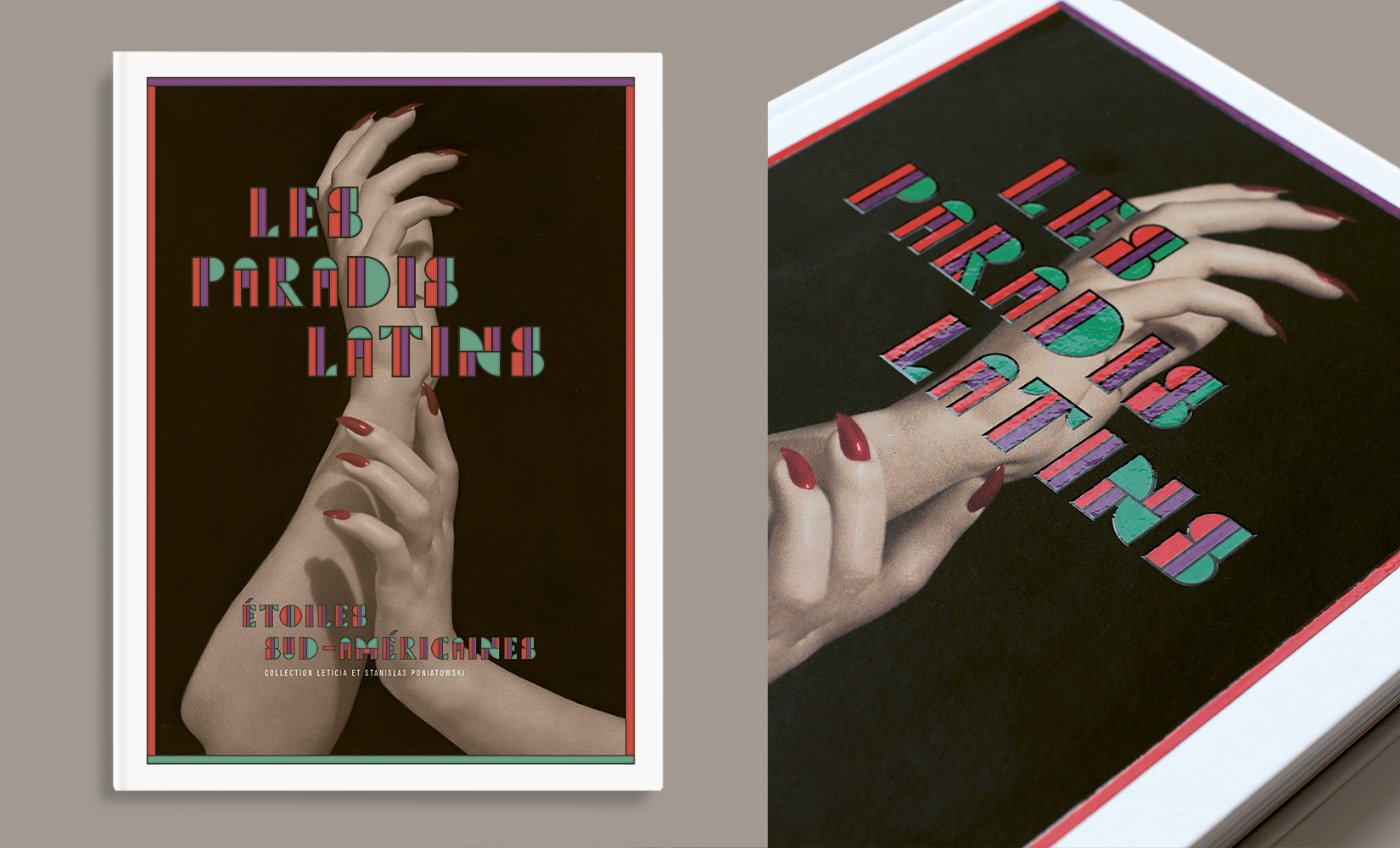
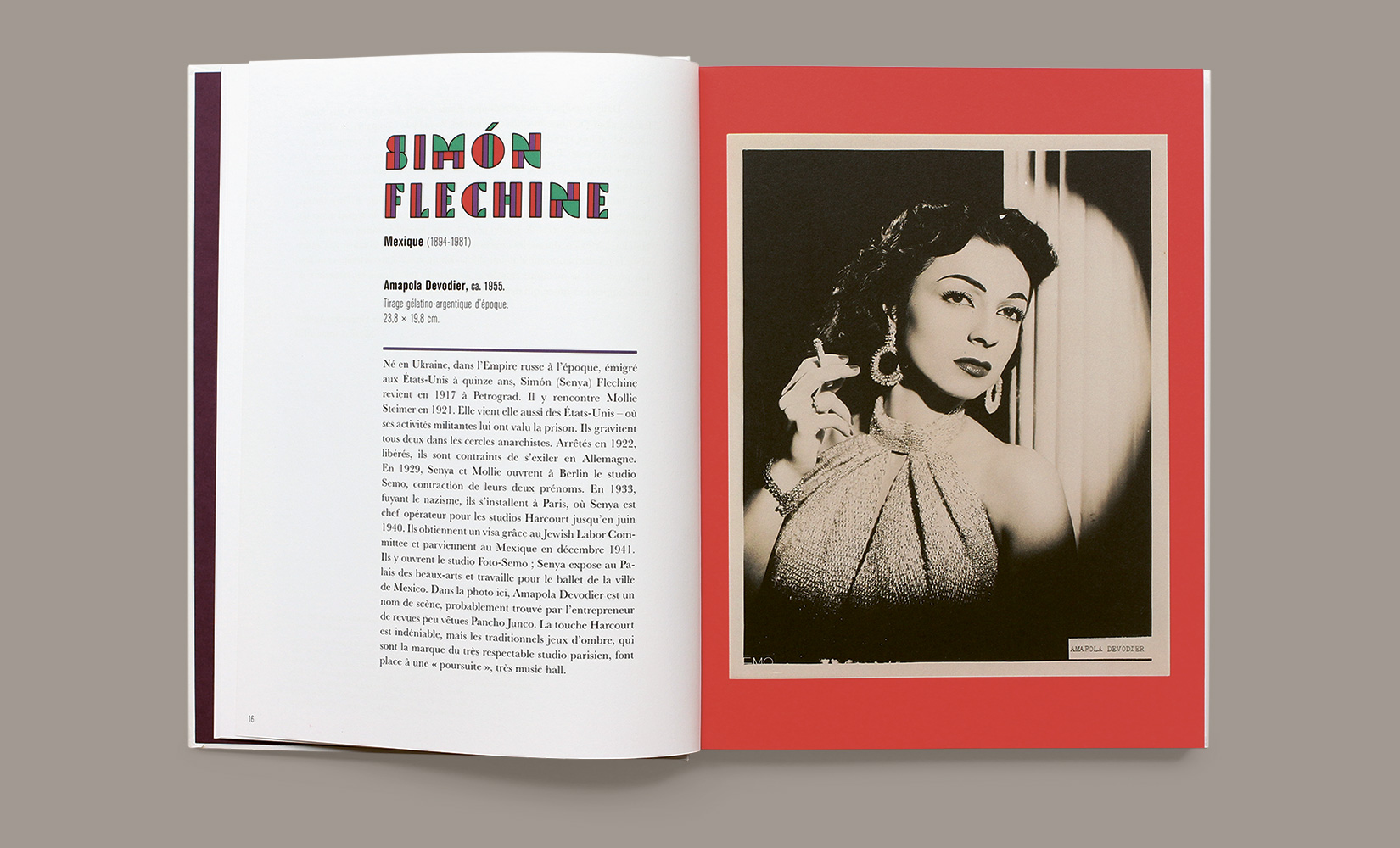
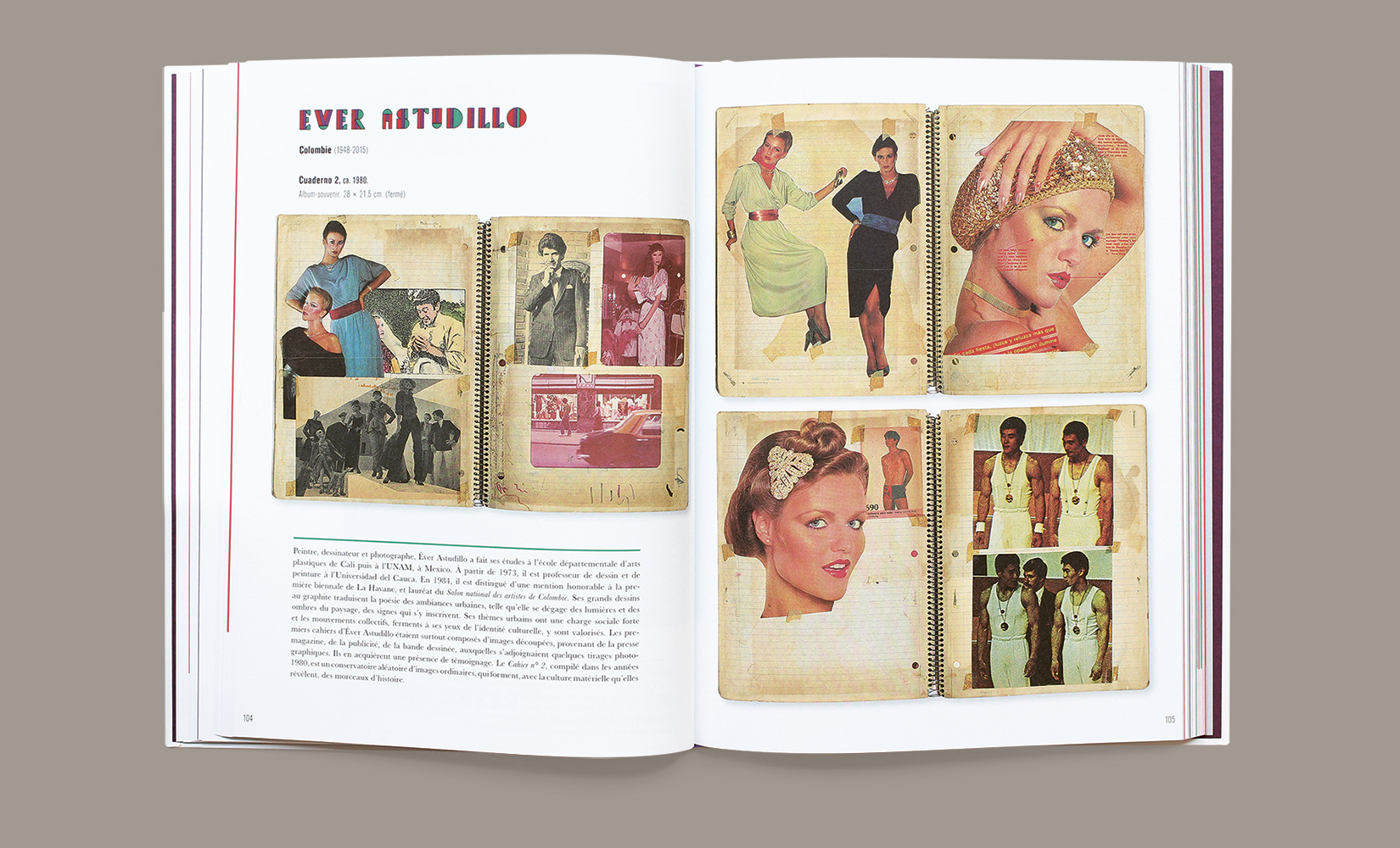
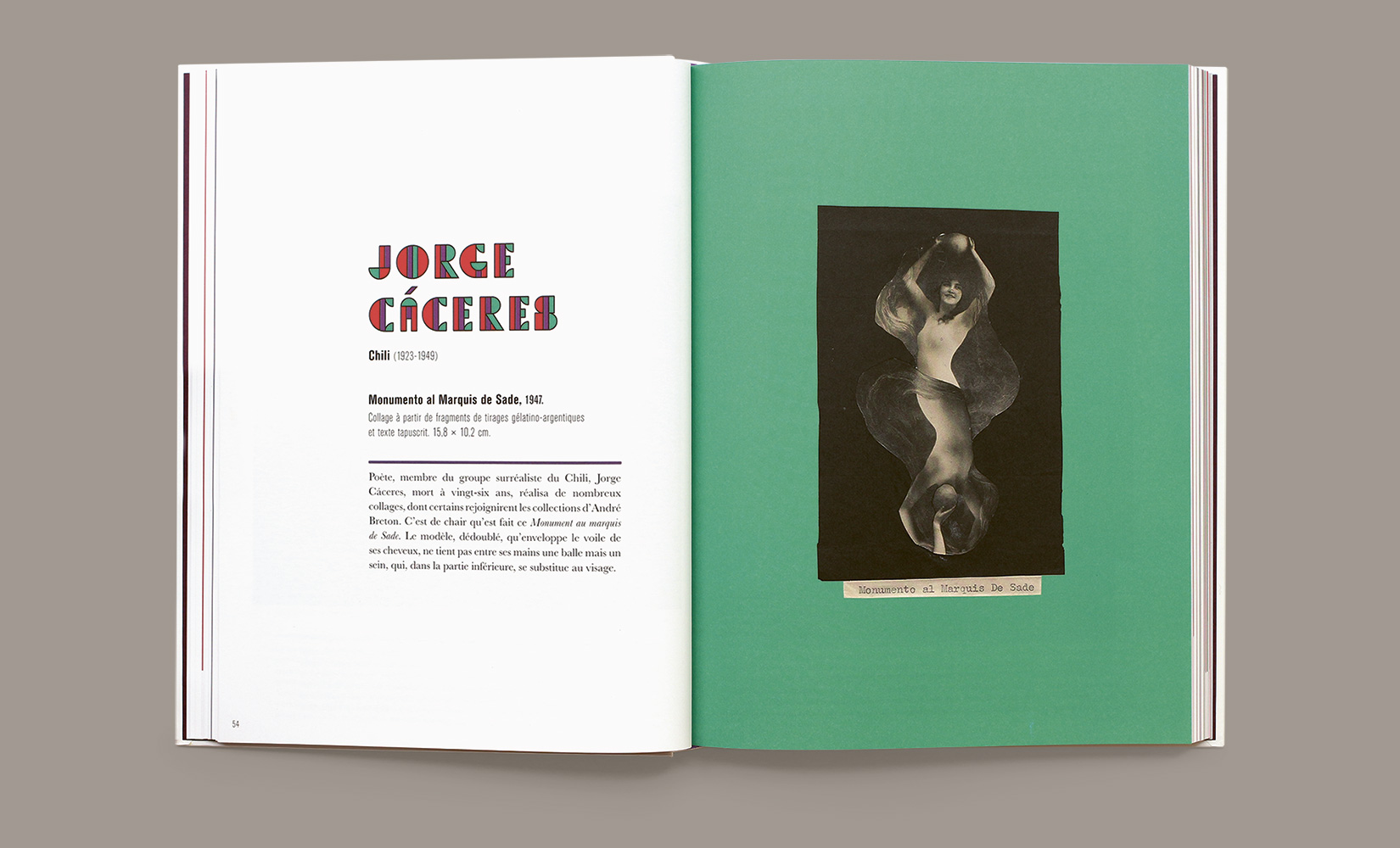
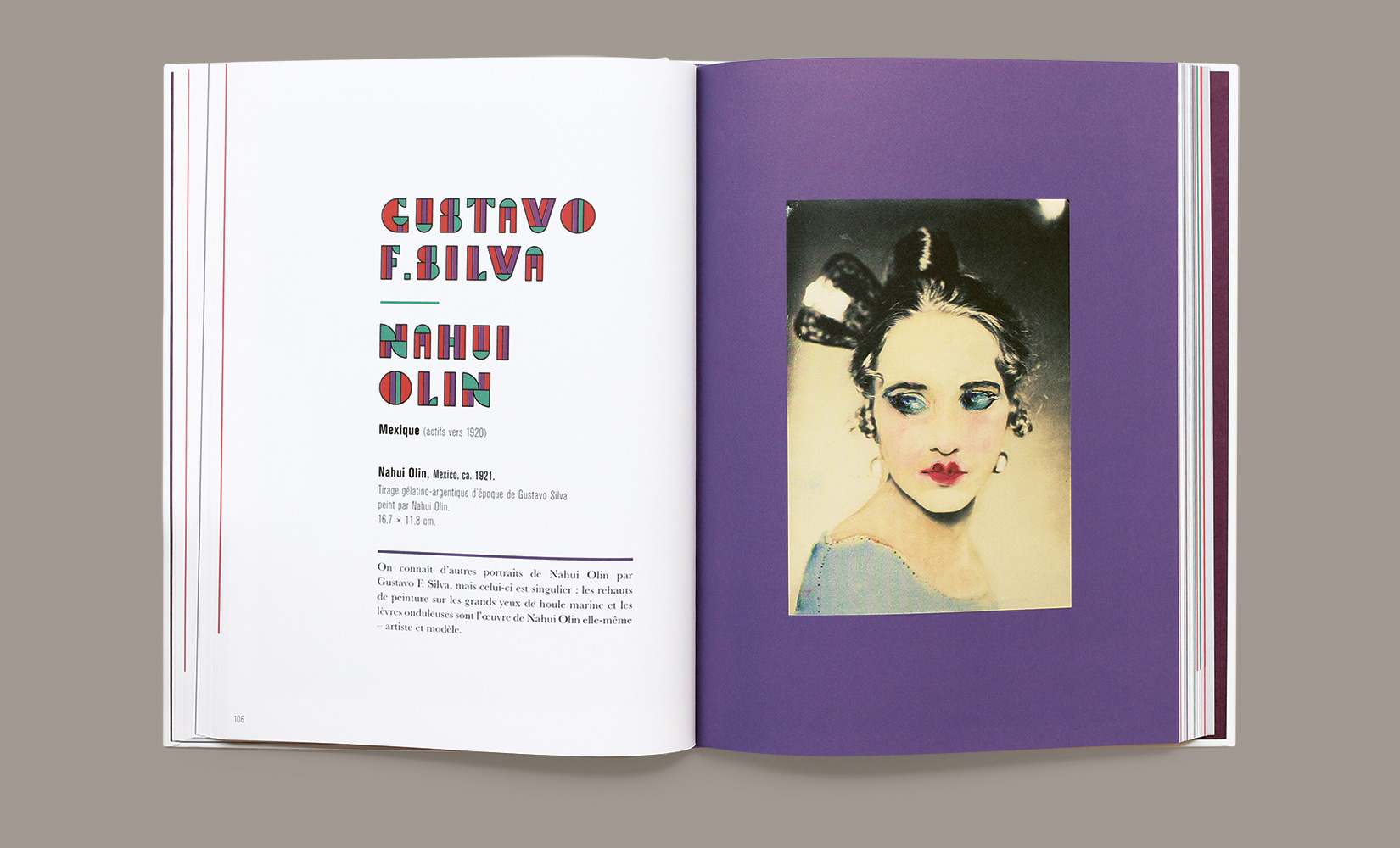
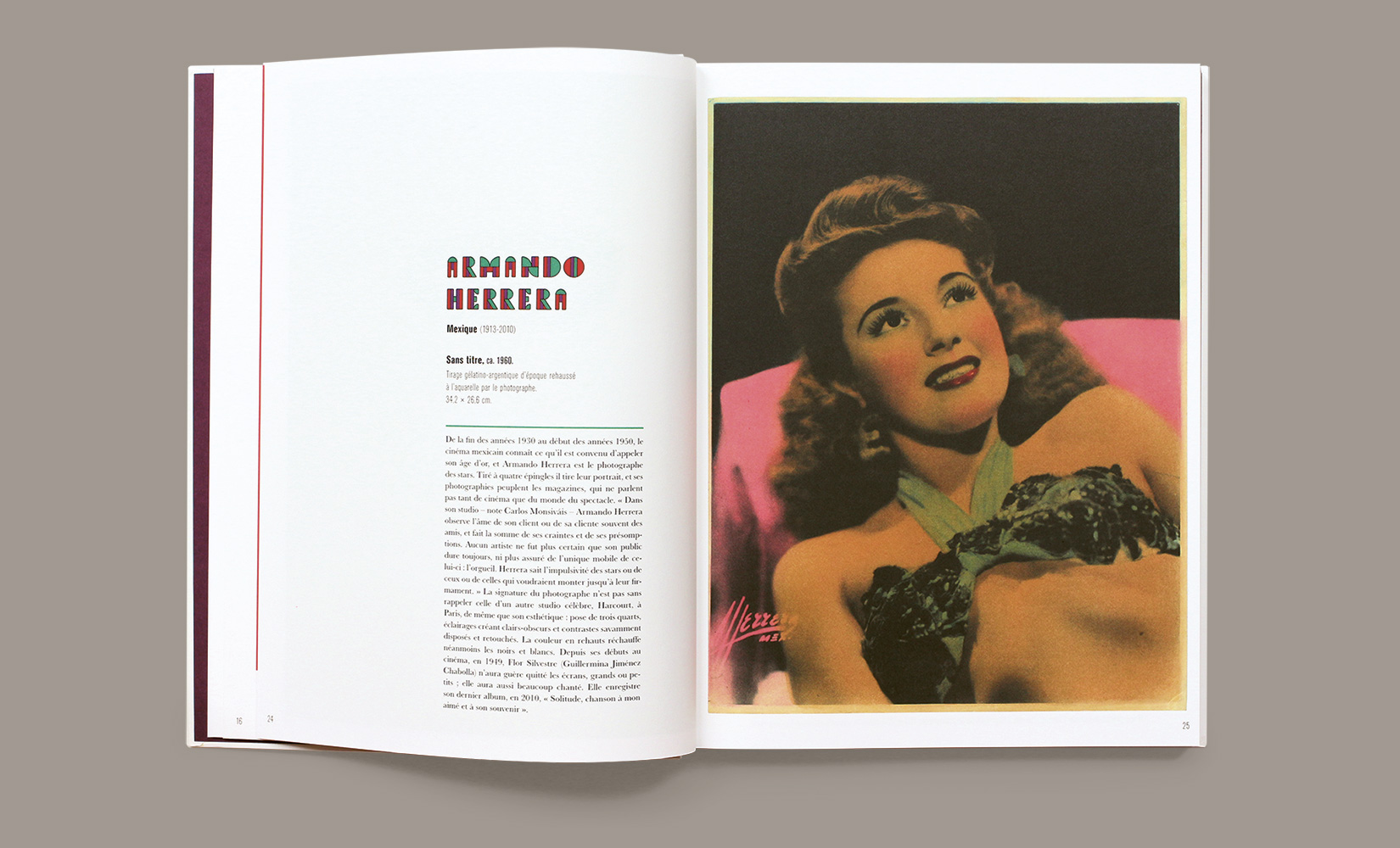
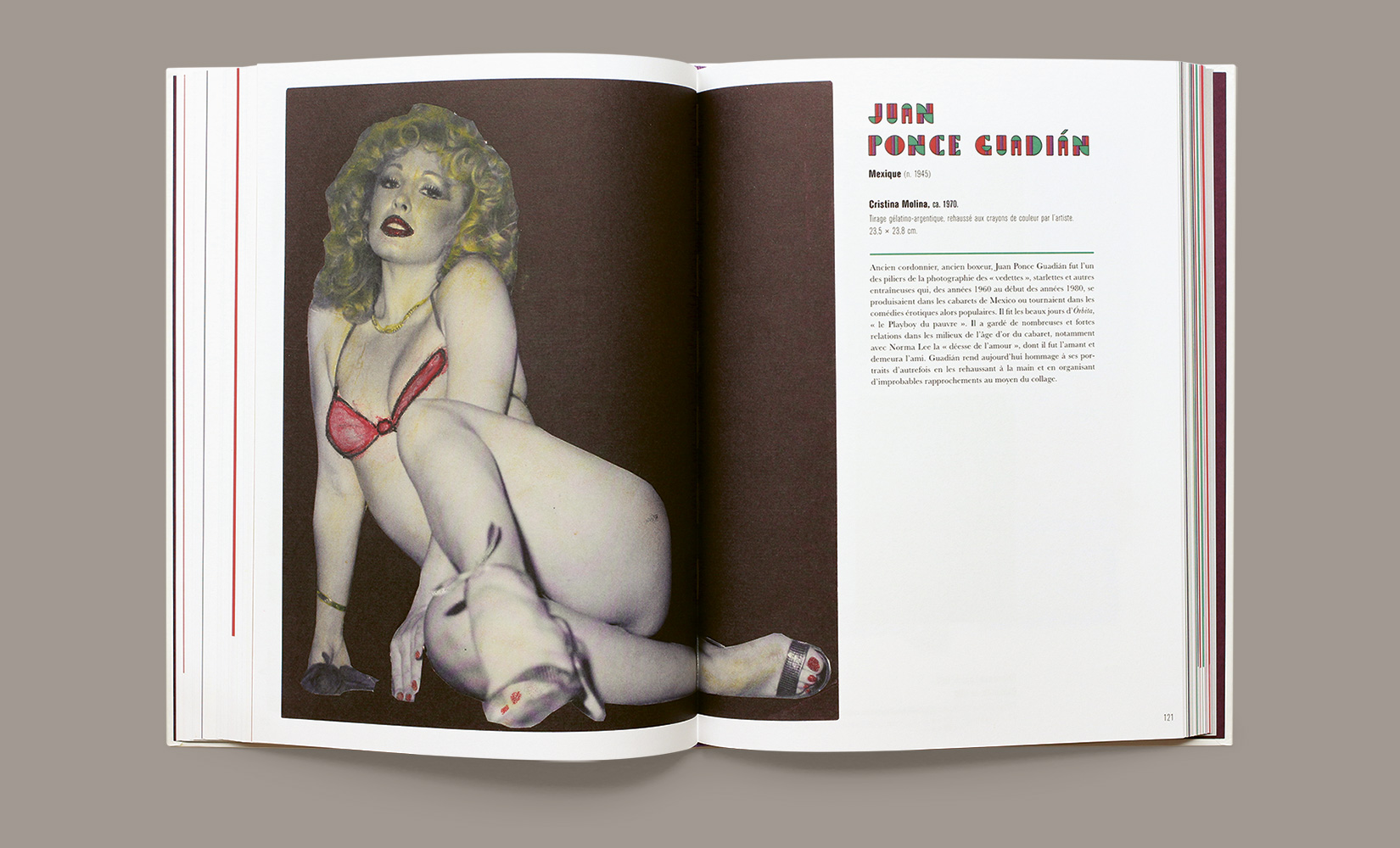
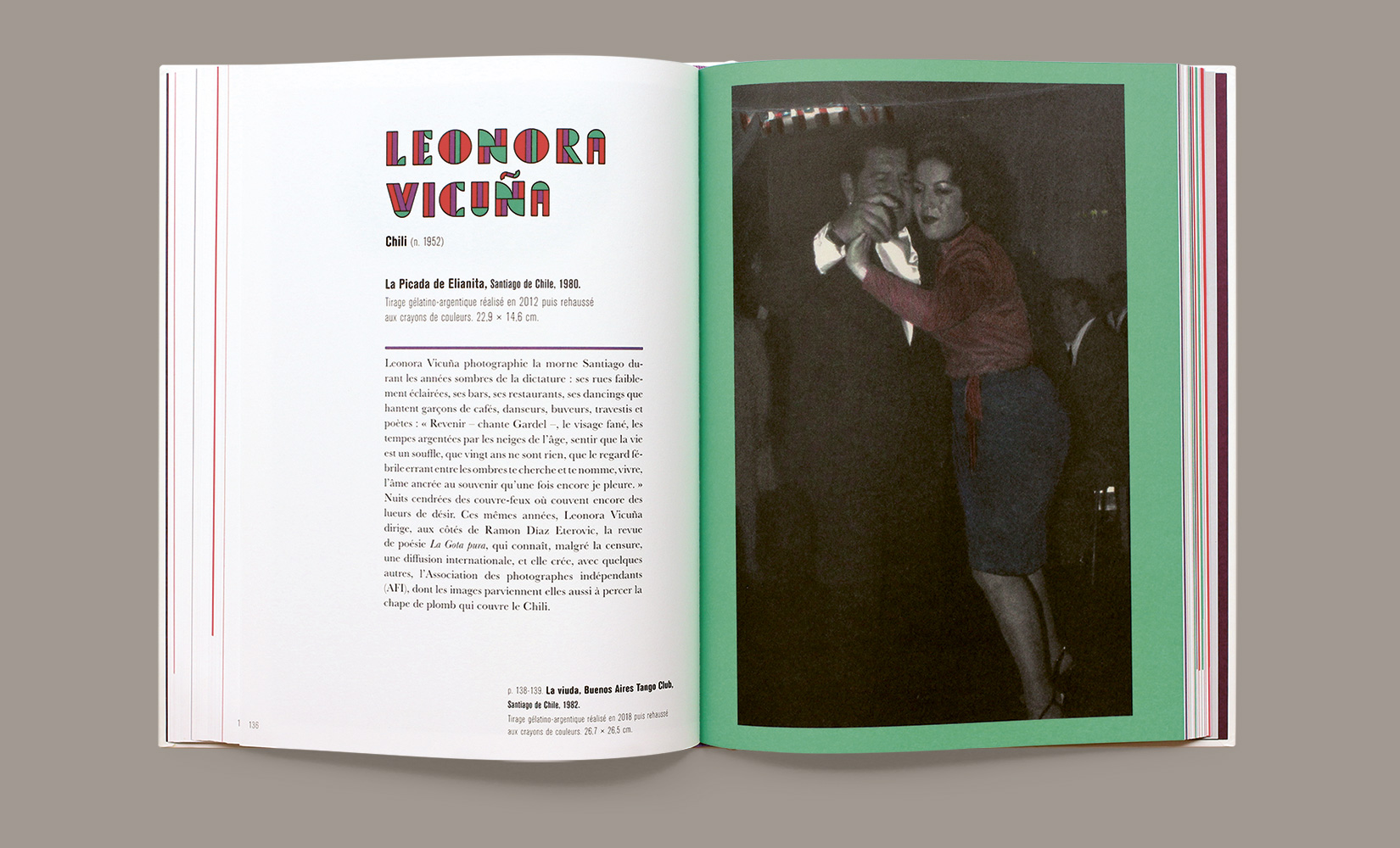
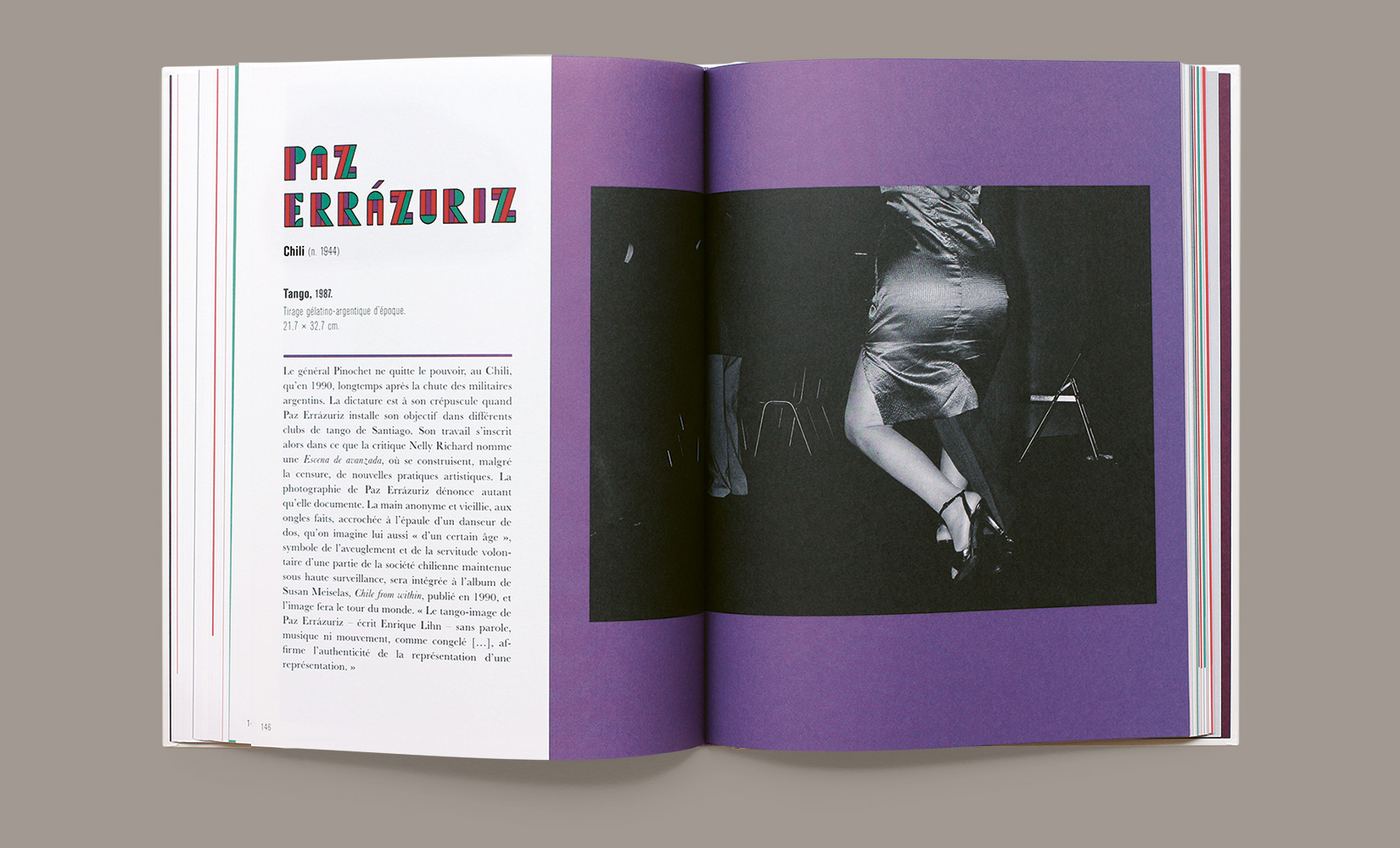
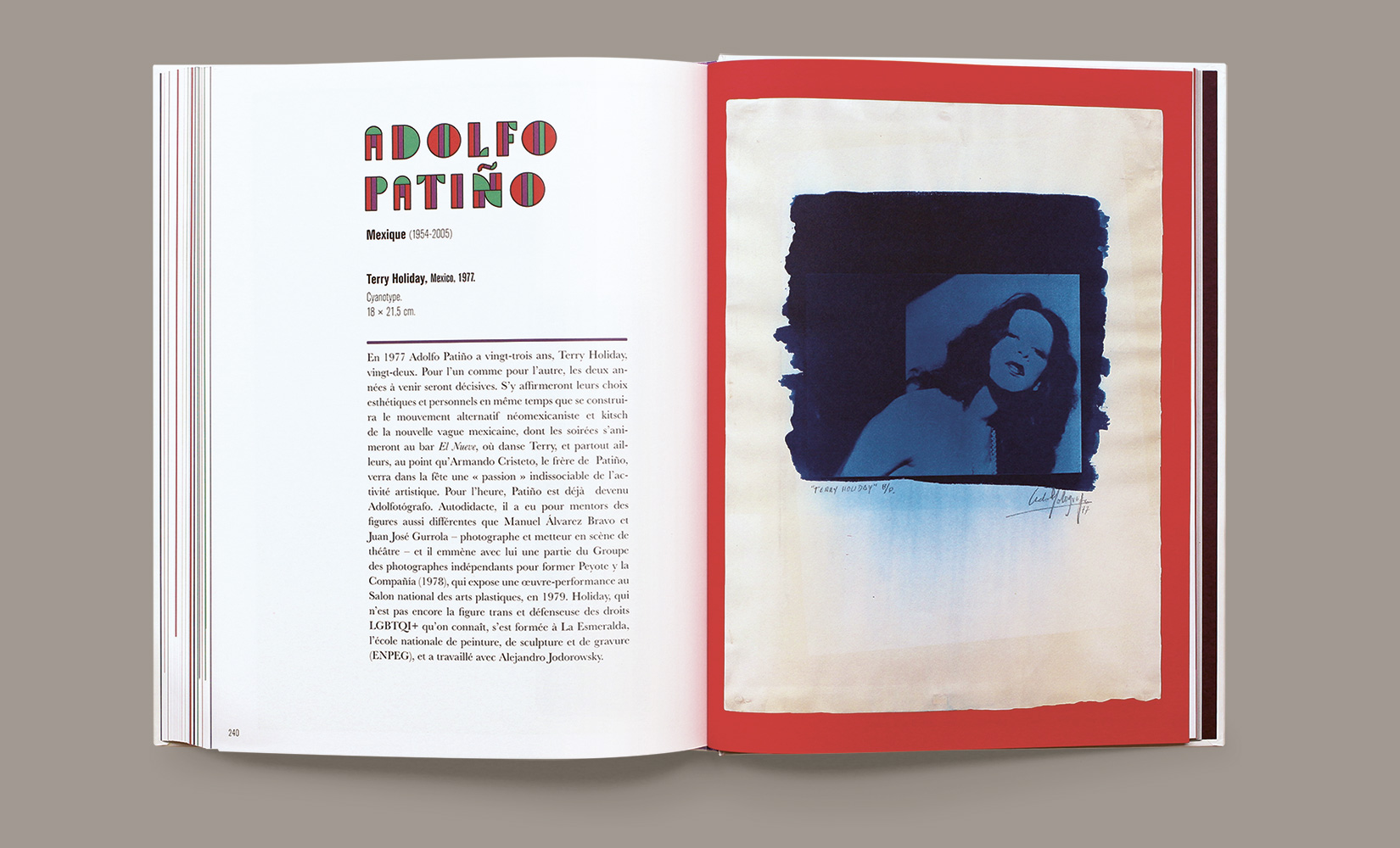
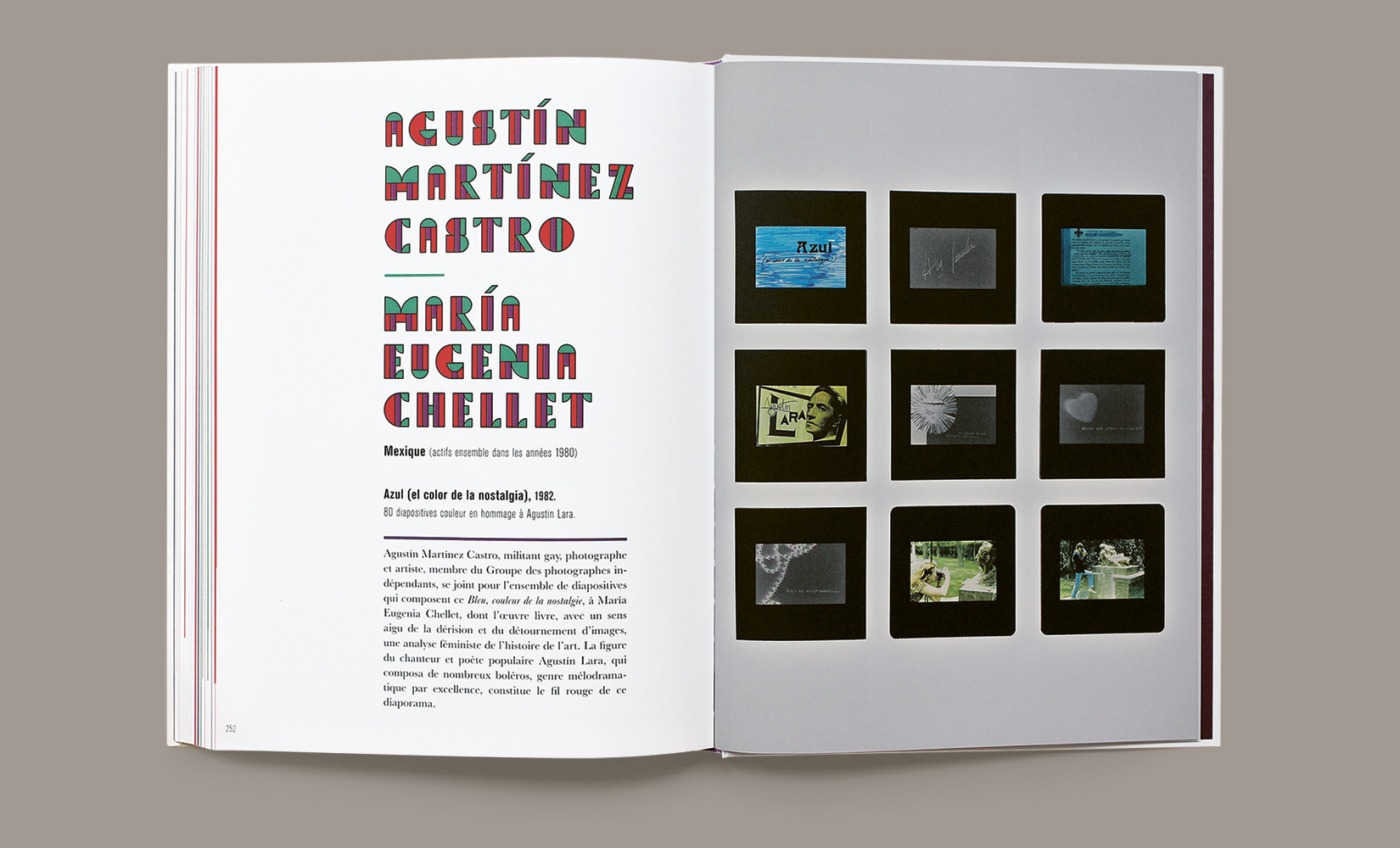
Les Paradis Latins – Étoiles sud-américaines
Collection Leticia & Stanislas Poniatowski
Curated by Alexis Fabry
Event: Les Paradis Latins – Étoiles sud-américaines
Places: Fondation Bemberg, Hôtel d’Assézat, place d’Assézat, Toulouse
Date: June 7th 2024 – November 3rd 2024
Exhibition and catalogue design: Olivier Andreotti (Toluca Studio)
https://www.fondation-bemberg.fr/expositions/les-paradis-latins-etoiles-sud-americaines
These Latin Paradises were teeming with glamorous celebrities and flamboyant nobodies, historical, religious, and comic book icons, as well as movie stars, starlets, and entertainment divas. Under the dark cloud of state-sponsored violence, living on the brink of doom, tango, samba, and salsa dancers would sweep up heavily made-up vamps into their whirlwind, along with a few male fortune-hunters. Drag queens and transgender women enjoyed being seen for the identity they had chosen, and thanks to them femininity soared to unprecedented heights. The brightly colored fringes of conservative societies took pleasure in giving free rein to their desires. The Argentinian founder of the now famous Pop Latino movement, Marcos López, explained: “Color is like a kind of ruse, because when one enters into the supposed carnival of the photographs, tragedy and tenderness are what is there.”
In Lima, a beauty queen exposes her body to the lust of the city’s latest vampire, while in Buenos Aires, an adult movie celebrity on flashy posters taunts males and their libidos, and in Mexico Nahui Olin, both model and painter, furiously spreads thick makeup on her eyes and mouth. She once declared: “My body is so beautiful I cannot, in all conscience, deprive humankind of admiring this masterpiece of mine.”
Throughout the continent, nails and lips were being painted red. The stylized mannerism of the photography studios of earlier times was giving way to the social commitment of countercultural artists. Several of the latter preferred gritty raw materials for their art, haphazardly gathering anonymous pictures which were then cut up, creased, scratched, even burnt. As a result, the photographic substratum itself became a battlefield, echoing the powerless protests against dictatorships. These experimental works, especially numerous in Latin America beginning in the 1970s, gave rise to a hybrid iconography, emancipated from the former boundaries separating photography from the other visual arts.
The artists and photographers of these Paradis Latins drew their sustenance from high culture and pop culture. They were simultaneously sophisticated and reckless, driven by highbrow avant-garde movements, poetry, and fiction, as well as by mass media and lowbrow entertainment, alternating between frenzied spontaneity and meticulous planning, but also caught up in tropical kitsch, the popularity of photo novels, advertising, cheesy romance novels, TV soap operas, and Hollywood, dancing to the tangos and boleros in cabarets and variety shows, seemingly in a constant state of drunkenness but also possessed by indomitable joy.
Alexis Fabry
Curator of the exhibition
Catalogue description:
Toluca Editions + RM + Fondation Bemberg
Text: Alexis Fabry & Cesar González-Aguirre
Hardcover
264 pages – 21,5 x 28,5 cm
130 color images + 99 black and white images
Edition : French and English
ISBN: 978-2-490161-16-4 + 978-84-19233-98-1
June 2024
Graphic design: Olivier Andreotti


